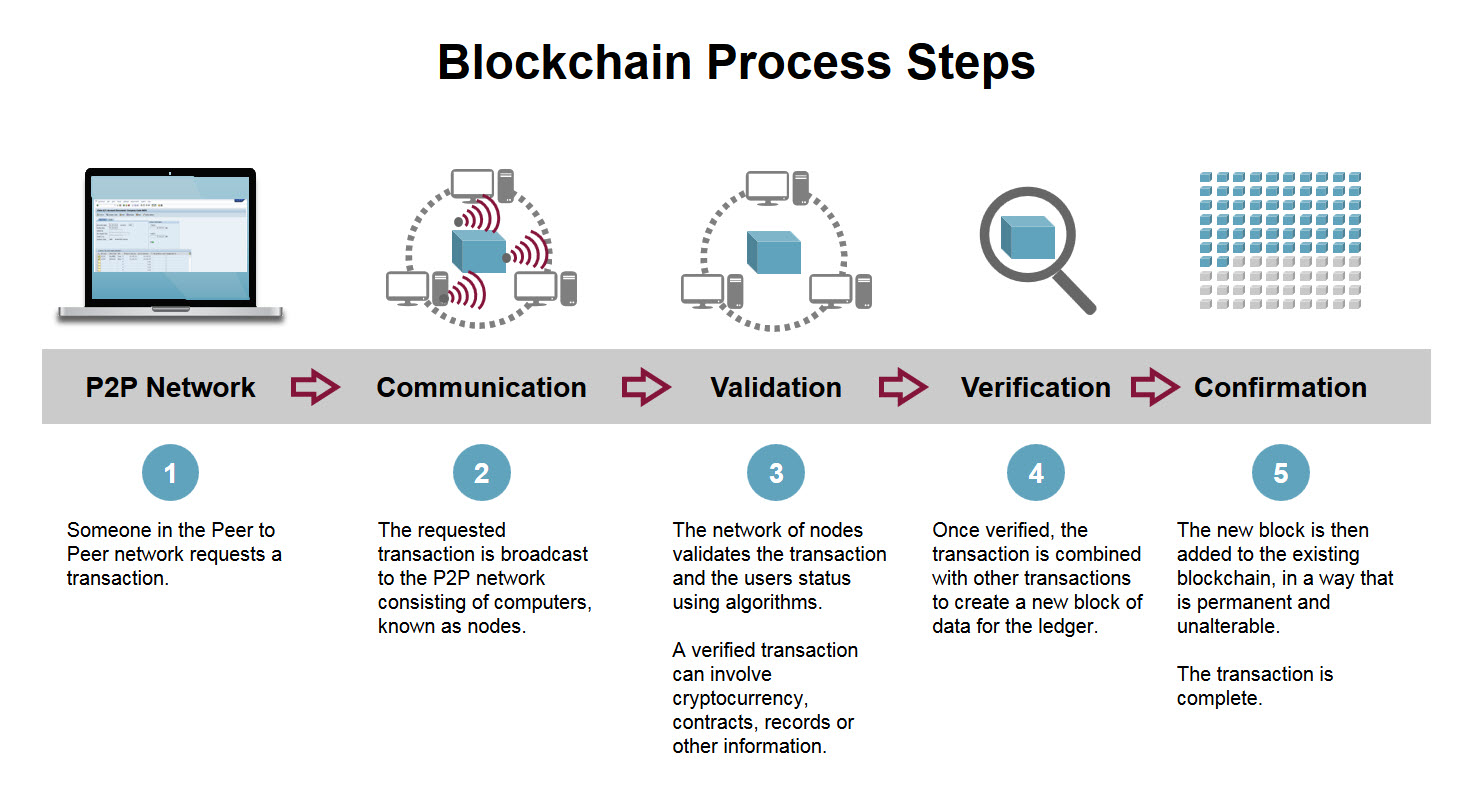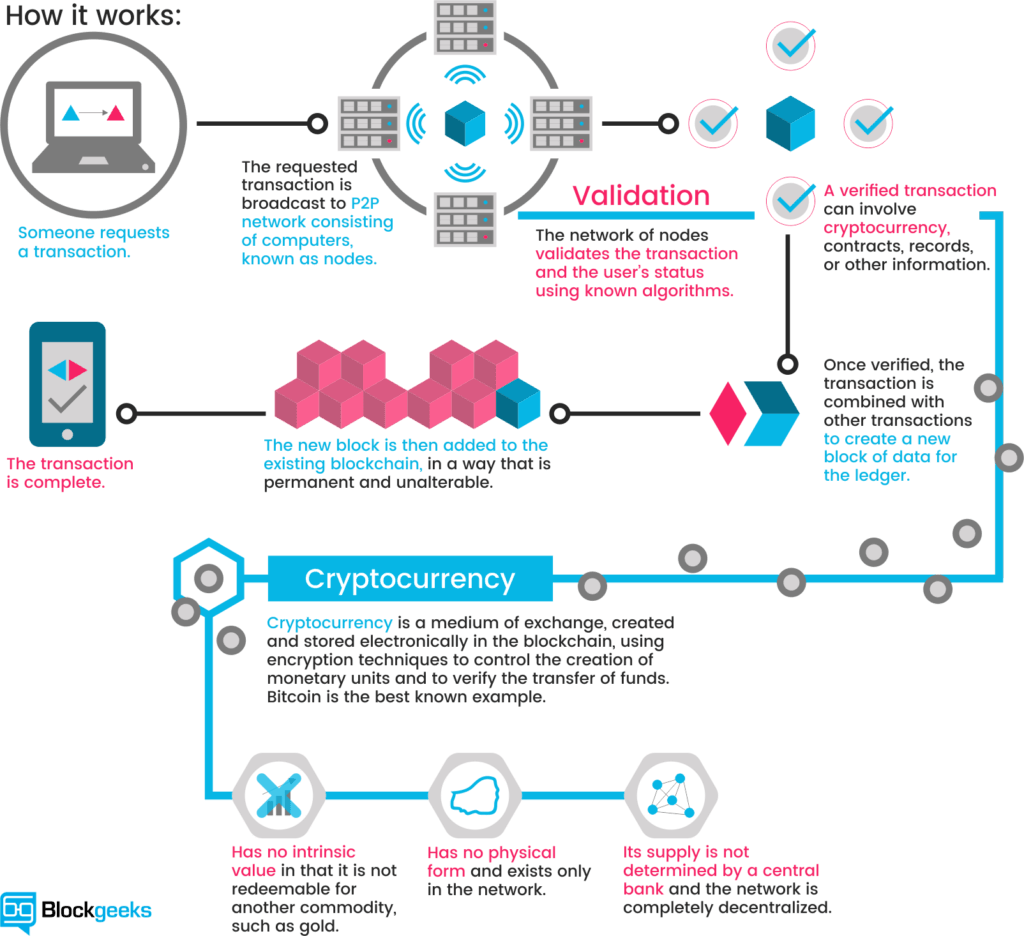

Since transactions are processed by nodes in a network, you don’t need to rely on a centralized entity. This means blockchains can process peer-to-peer transfers in a way that wasn’t previously possible.
Blockchain transaction processing full#
Whereas internet data lives on servers with a single gatekeeper, there are multiple nodes storing blockchain data, with each node storing a full copy of the chain. See, the information on a public blockchain is stored, maintained and processed by multiple computers in the network called nodes.

The most obvious use-case of a blockchain transaction is the decentralized peer-to-peer transfer of digital assets. To understand exactly why, let’s explore what blockchain transactions are for in the first place: What is a Blockchain Transaction For? Decentralized Peer-To-Peer Transfer To explain, these features mean blockchain transactions are potentially revolutionary in the realm of transferring valuable assets. Plus, you’ll usually initiate a blockchain transaction using a crypto wallet’s interface. The transaction itself will always include the amount, the destination of the funds and a signature to prove its authenticity. In very simple terms, a blockchain transaction is when one person transfers a digital asset they own to another person. In fact, what is a blockchain transaction exactly? What is a Blockchain Transaction? But before we get there, let’s dive into the basics. Well, there’s a lot more to transactions than just how they handle transparency. So how does the blockchain get around that? Since many blockchains are completely transparent and public, it can make the storage of sensitive information challenging. That said, there’s one core feature of blockchain networks that make these use-cases slightly tricky.
Blockchain transaction processing verification#
Blockchain transactions offer great solutions for digital verification and authentication too. But it’s not just about the transfer of digital assets either. In short, it allowed people across the world to send digital assets amongst themselves without a need for a central entity.

Its primary purpose is as a method of peer-to-peer (P2P) transfer. Well on a base level, blockchain is just a massive distributed ledger or database, with its data stored on every computer in the system rather than a server. You might already know about blockchain technology, and maybe even how your favorite cryptocurrency works, but do you know what a blockchain transaction is and how it works under the hood? Understanding the mechanics of that system will help you navigate your future transactions. Factors such as transaction size, timing, block size and network usage all affect how your transaction will take place. Blockchain is a distributed ledger that is kept running by various parties, such as nodes and miners, all of whom have the incentive to act. Even if you’re familiar with crypto, you might still be unsure of exactly how a blockchain transaction works.


 0 kommentar(er)
0 kommentar(er)
